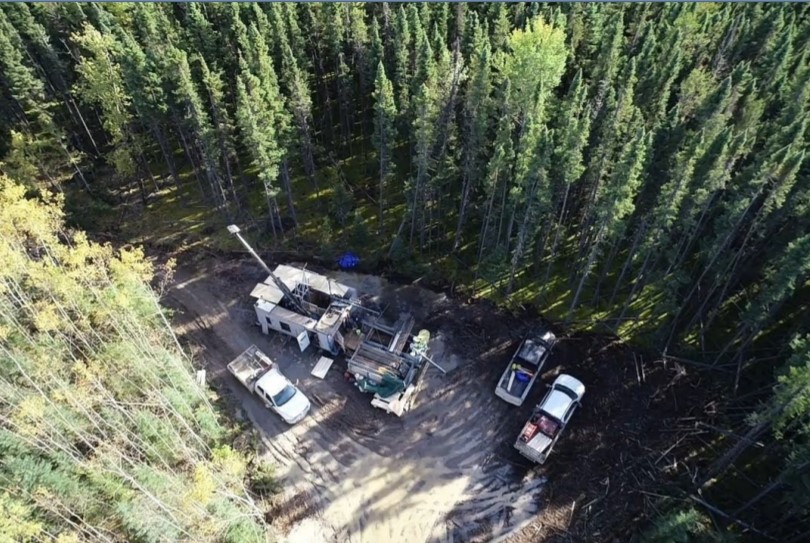Rockcliff PEA for Tower and Rail outlines low-capital, robust potential

The project carries a pre-production capital requirement of C$81 million and would pay for itself within 12 months of commercial production. Permitting might be accomplished in 24 months, and construction would take 16 months. There would be a 9.5-year life of mine with opportunity for expansion.
As planned, the Tower and Rail project would produce an average of 12,000 t/y copper-equivalent at an all-in sustaining cost of $2.46/lb. copper.
Mineral resources were upgraded for the PEA. The Tower deposit contains 1.7 million indicated tonnes grading 3.28% copper, 1.04% zinc, 0.7 g/t gold, and 16.5 g/t silver. It also has an inferred resource of 499,000 tonnes at 1.74% copper, 1.16% zinc, 0.2 g/t gold, and 8.4 g/t silver.
The Rail deposit contains 2.1 million indicated tonnes grading 1.87% copper, 0.59% zinc, 0.6 g/t gold, and 6.1 g/t silver. There is also an inferred resource of 1.1 million tonnes at 2.14% copper, 0.83% zinc, 0.9 g/t gold, and 7.6 g/t silver.
Both deposits are near surface and are similarly steeply dipping (at least 750 metres) and narrow with relatively long strike lengths (1,000 to 1,300 metres).
The study envisions developing an underground mine at the Tower deposit first by a contractor. The mining method will employ an Alimak raise mining technique at 1,100 t/d. Rockcliff owns a modular mill of sufficient size to process the ore. Tailings will be dry stacked on site at a permitted location.
When the Rail deposit is to be mined, the mill will be moved to that site. Development of that mine will be similar to Tower and the modular mill moved to continue treating ore.
Metallurgical testing of the ores indicate that separate copper and zinc concentrates can be produced. Total recoveries to concentrate are expected to be 97.2% copper, 74.2% zinc, 63% gold, and 63% silver.
The concentrates produced in Manitoba will be railed to Glencore’s Horne copper smelter in Quebec and to that company’s Valleyfield zinc refinery.
(This article first appeared in the Canadian Mining Journal)




